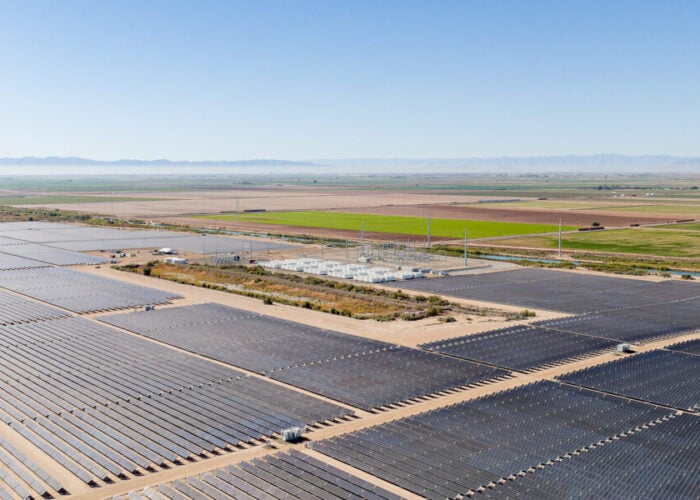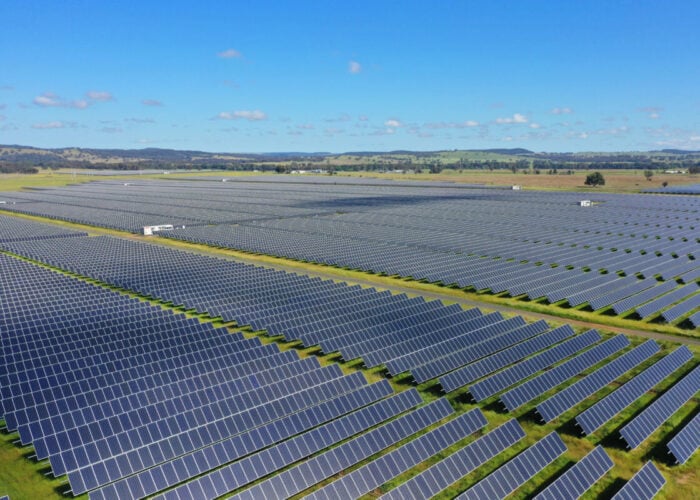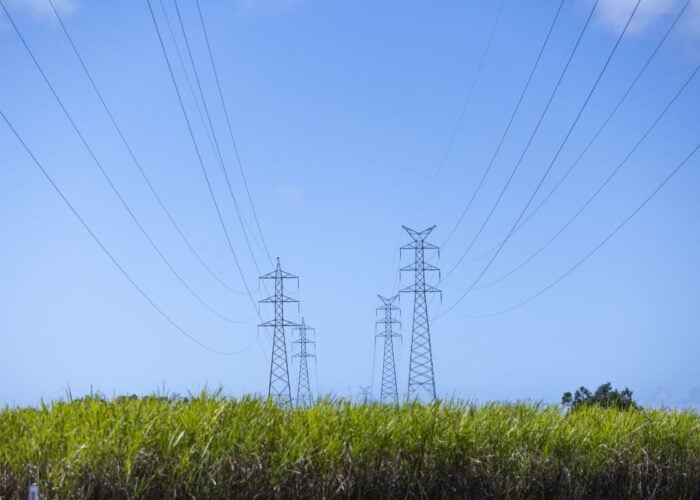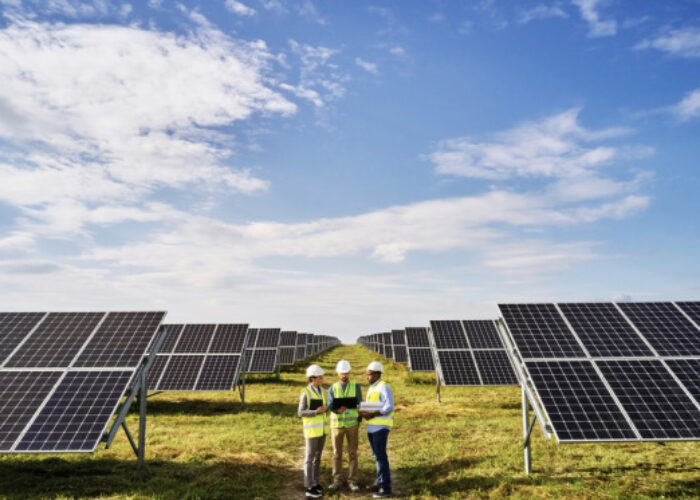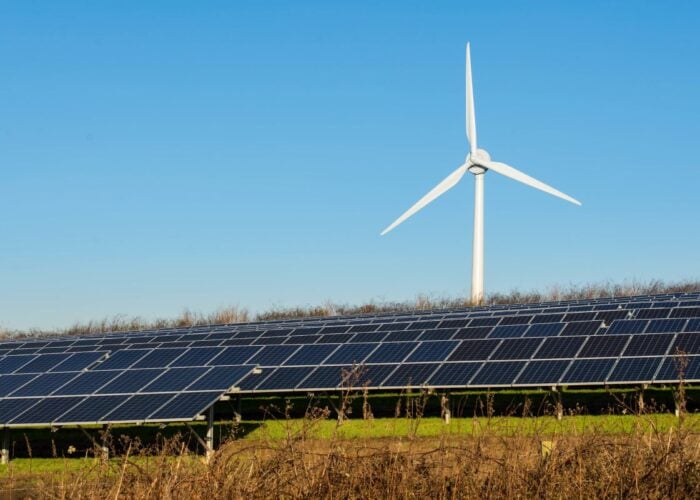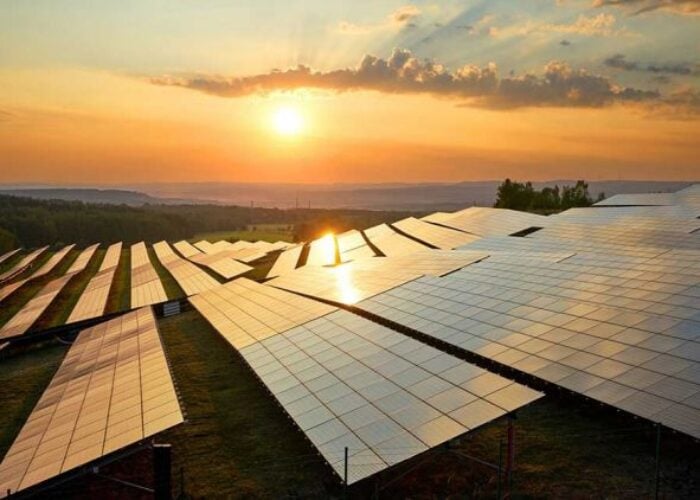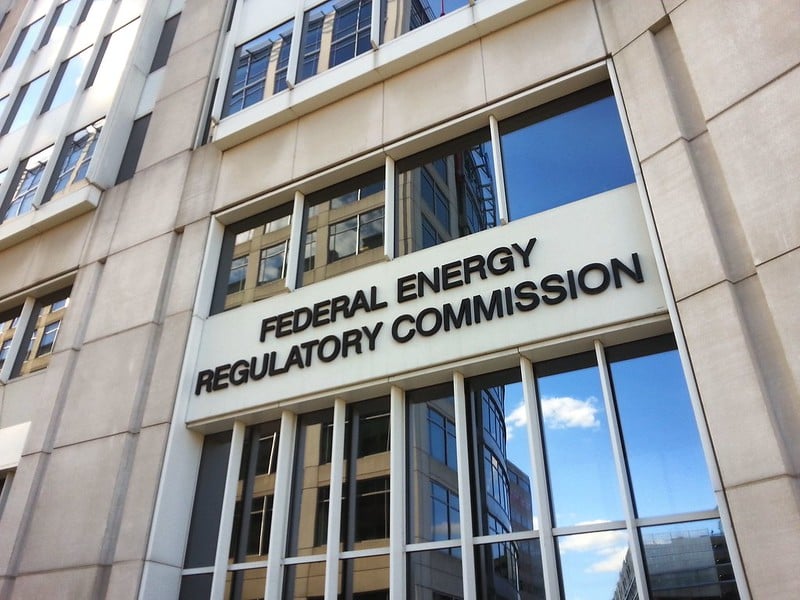
The US Federal Energy Regulatory Commission (FERC) is eyeing potential reforms to transmission and interconnection rules for energy projects, a move which could help ease the connection process for solar and storage developments.
FERC issued an Advanced Notice of Proposed Rulemaking (ANOPR) which seeks comment on the potential reforms or revisions, the first time an ANOPR has been issued in more than a decade.
Unlock unlimited access for 12 whole months of distinctive global analysis
Photovoltaics International is now included.
- Regular insight and analysis of the industry’s biggest developments
- In-depth interviews with the industry’s leading figures
- Unlimited digital access to the PV Tech Power journal catalogue
- Unlimited digital access to the Photovoltaics International journal catalogue
- Access to more than 1,000 technical papers
- Discounts on Solar Media’s portfolio of events, in-person and virtual
The commission said the ANOPR is a response to changing energy patterns, typified by a shift in electricity generation from dense population centres to more remote areas. It intends to assess the need for more holistic transmission planning, cost allocation and generator interconnections processes to future proof the grid.
The process will explore what changes are needed to ensure transmission rates remain fair and not unduly discriminatory, while maintaining reliability.
The ANOPR will also consider whether FERC should demand providers determine renewable potential in their regions and plan transmission to facilitate the integration of renewable resources in those zones, as well as how to identify and allocate the cost of new transmission facilities.
Furthermore, it will determine if participant funding of upgrades is just and whether FERC should eliminate the independent entity variations that allow RTOs/ISOs to use participant funding for upgrades.
Gizelle Wray, director of regulatory affairs and counsel for US trade body the Solar Energy Industries Association, described the notice as an “important first step for the grid of the future”, claiming that it could “help us overcome utility-imposed market challenges that have hampered clean energy development across the United States”.
“The interconnection rules today allow utilities to put clean energy projects to the side and leave them in the interconnection queue for years,” said Wray.
“While Congress debates investments in grid infrastructure, we look forward to working with the Commission on a robust set of rules to efficiently connect clean energy projects and give them authority to approve the build-out of high-capacity transmission.”
The notice would serve as a continuation of FERC’s commitment to transmission reform, stemming from last month’s launch of a task force to support transmission system development in the US.
Having surpassed 100GW of cumulative solar PV generating capacity earlier this month, the US is anticipated to be at the forefront of solar installations over the coming years. Earlier this year a report co-published by SEIA and research firm Wood Mackenzie forecasted the US’ cumulative solar capacity would soar to more than 400GW by the end of the decade.

